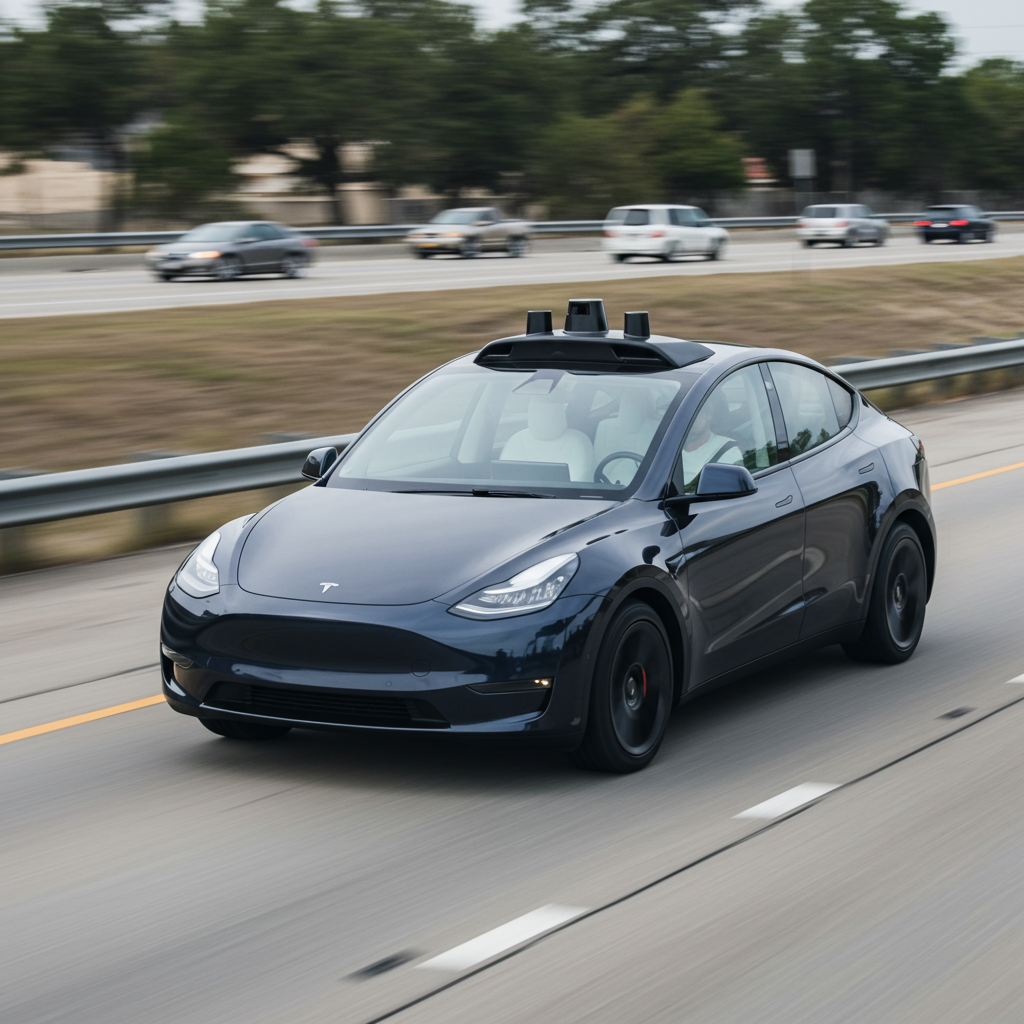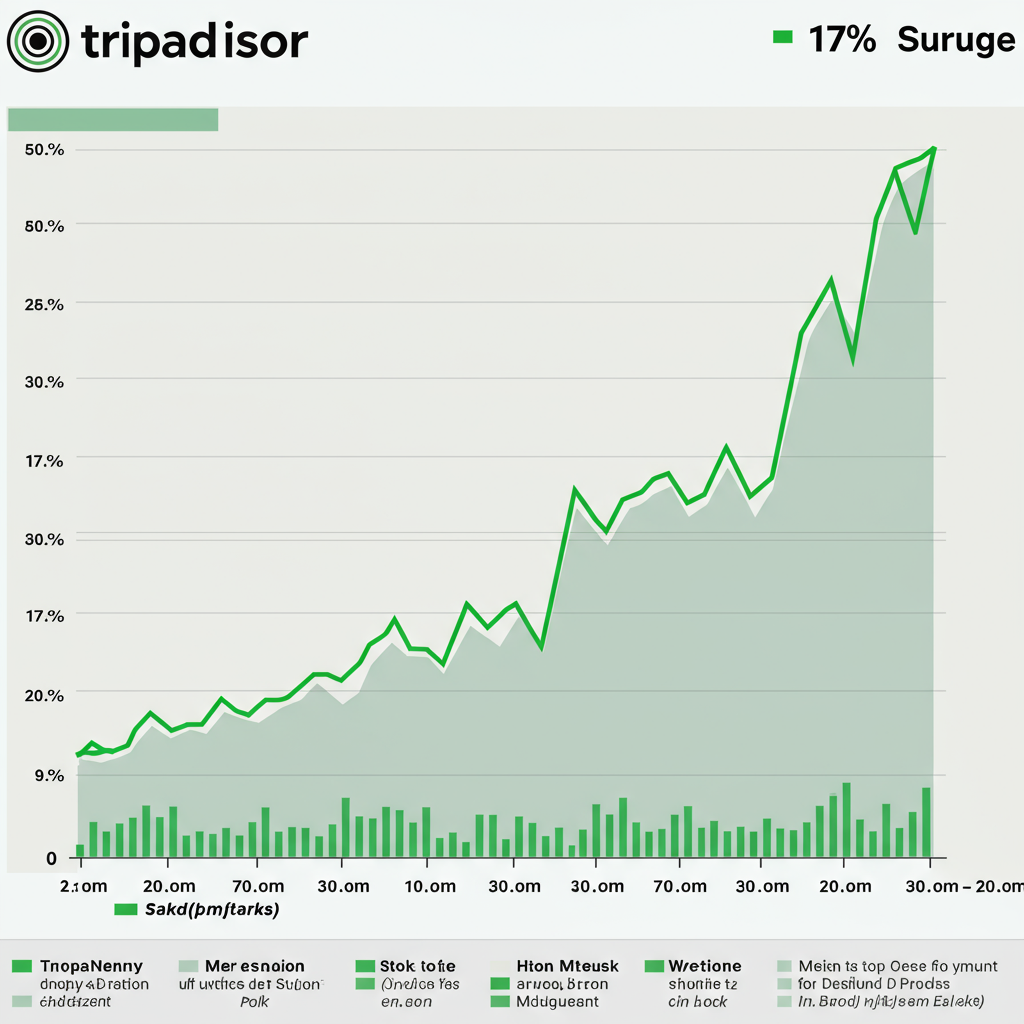Novo Nordisk has announced a significant price reduction for its highly sought-after GLP-1 medications, Ozempic and Wegovy, directly impacting cash-paying customers. This strategic move offers substantial savings on drugs used for weight management and type 2 diabetes, signaling a shift in accessibility for millions. Faced with mounting market competition and direct pressure from the Trump administration, the Danish pharmaceutical giant is actively working to make these crucial treatments more affordable and readily available across the U.S. This comprehensive rewrite delves into the new pricing structure, the driving forces behind these changes, and what it means for patients navigating the complex landscape of prescription drug costs.
Unlocking New Savings: Details on Novo Nordisk’s Price Cuts
Effective immediately, Novo Nordisk has rolled out a multi-tiered pricing strategy designed to ease the financial burden on individuals paying out-of-pocket for Ozempic and Wegovy. The most eye-catching offer provides new self-pay customers with an introductory price of $199 for the first two monthly doses. This special discount applies to the two lowest dosages (.25 mg and .5 mg) of both medications and is valid until March 31, 2026.
Beyond the introductory offer, the standard self-pay monthly price for most injectable versions of Wegovy and Ozempic has been significantly reduced to $349. This marks a notable 30% decrease from the previous self-pay cost of $499. It’s important to note that the 2-milligram dose of Ozempic will maintain its current price of $499 per month. These new prices are accessible through Novo Nordisk’s direct-to-consumer channels, various partner programs including Costco, GoodRx, and Weight Watchers, and across a vast network of over 70,000 retail pharmacies nationwide.
Driving Forces: Why the Price Adjustment Now?
This decisive action by Novo Nordisk isn’t happening in a vacuum. Several powerful forces within the pharmaceutical market and political arena have converged, prompting the company to reassess its pricing strategy.
Firstly, the surge in competition is undeniable. Eli Lilly’s rival GLP-1 drug, Zepbound, has intensified the weight loss market, with its own self-pay options offering starter doses at $349 and higher doses at $499. This head-to-head battle for market share is clearly influencing pricing decisions. Moreover, the proliferation of compounding pharmacies offering less expensive, though unregulated, versions of semaglutide (the active ingredient in Ozempic and Wegovy) has cut into manufacturer sales, creating additional pressure to offer competitive pricing for FDA-approved products.
Secondly, direct political pressure from the Trump administration has played a pivotal role. President Donald Trump has been vocal about reducing prescription drug costs, and his administration has actively engaged with pharmaceutical companies to secure lower prices. This advocacy aligns with broader consumer demands for greater affordability in a healthcare system often criticized for exorbitant drug prices.
Finally, addressing consumer affordability challenges is paramount. Despite list prices for GLP-1 drugs ranging from $1,000 to $1,350 per month (Wegovy’s list price is $1,349), many insured individuals still face high out-of-pocket costs due to limited or inconsistent insurance coverage, especially for weight loss indications. A KFF Health Tracking Poll revealed that approximately 1 in 8 U.S. adults use a GLP-1 medication, but about one-quarter of insured users reported paying the full cost themselves, with cost frequently cited as a reason for discontinuing treatment. These reductions aim to bridge that affordability gap for self-paying patients.
The Trump Administration’s Influence on GLP-1 Access
The recent price cuts by Novo Nordisk are closely tied to a broader initiative by the Trump administration to expand access and lower costs for GLP-1 medications. On November 6, former President Donald Trump announced a significant deal with both Novo Nordisk and Eli Lilly. This agreement aims to broaden access to Medicare and Medicaid markets while simultaneously reducing prices for these transformative drugs.
Under the terms of this government-backed initiative, consumers purchasing injectable GLP-1 medications directly from the companies through the forthcoming TrumpRx online platform (slated for launch in early 2026) will pay an average of $350 per month initially. This price is projected to decrease further to about $250 over the next two years. Crucially, the deal also anticipates that if oral GLP-1 tablets receive FDA approval, their lowest doses will be priced at $149 per month.
This comprehensive agreement also involves a significant policy shift regarding Medicare coverage. While Medicare is typically prohibited from covering drugs solely for weight loss, the deal aims to expand coverage for obesity-related indications. This means Medicare beneficiaries who are overweight or obese and meet specific criteria (such as having heart disease, kidney disease, or severe obesity, or a BMI over 27 with other metabolic risk factors) could qualify for coverage, with a potential maximum copay of $50 per month. This expansion could benefit an estimated 10% of Medicare enrollees, marking a historic change in drug coverage for chronic weight conditions.
Navigating GLP-1 Costs: Insurance Coverage vs. Self-Pay Options
Understanding the true cost of GLP-1 medications like Ozempic and Wegovy often involves navigating a complex web of list prices, insurance coverage, and patient savings programs. While list prices remain high, ranging over $1,000 per month, the actual out-of-pocket expense for many patients is significantly lower, especially with insurance. However, for those without comprehensive coverage, particularly for weight loss, the cost can be prohibitive.
Coverage for Ozempic for type 2 diabetes is generally broader, but Wegovy’s coverage for chronic weight management can be inconsistent, largely due to its high price. This disparity forces many individuals to consider self-pay options. Novo Nordisk’s price reductions directly target this segment of the market, acknowledging the “lot of interest in direct pay, self-pay” as noted by Dave Moore, executive vice president of U.S. operations. By offering more competitive cash prices, the company aims to reduce the financial barrier for those whose insurance plans don’t adequately cover these medications.
Novo Nordisk’s Strategic Vision for Broader Accessibility
These price adjustments are not isolated incidents but rather integral components of Novo Nordisk’s long-term strategy to enhance accessibility and affordability for its GLP-1 portfolio. The company views these savings offers as immediate benefits for uninsured individuals or those choosing self-payment, while also pursuing broader initiatives.
Part of this strategy includes fostering robust relationships with telehealth providers and major retailers like Costco and Sam’s Club, ensuring that these medications are available through diverse and convenient channels. Novo Nordisk also continues to actively work on expanding insurance coverage for its drugs, understanding that broad access requires both competitive pricing and comprehensive payer support. The collaboration with government administrations, as seen with the TrumpRx deal, further underscores this commitment to mitigating costs for individuals managing chronic conditions like obesity and type 2 diabetes.
Looking ahead, Novo Nordisk is also heavily invested in the development of oral GLP-1 medications. The company anticipates FDA approval for its Wegovy pill by the end of 2025, with consumer availability projected for early 2026. These forthcoming oral versions, potentially priced at $149 a month under the Trump administration’s agreement, could revolutionize access by offering a non-injectable, potentially more affordable option for patients. This proactive approach aims to maintain Novo Nordisk’s leadership position in a rapidly evolving market while addressing patient needs for diverse treatment options.
The Broader Impact: What These Changes Mean for Patients
The price reductions for Ozempic and Wegovy represent a pivotal moment for individuals managing type 2 diabetes and chronic weight conditions. For cash-paying patients, these changes translate into immediate, tangible savings, potentially making these life-changing medications attainable for a wider population. The introductory $199 offer for starter doses is a powerful incentive for new patients to begin treatment, while the ongoing $349 monthly price provides a more sustainable long-term option compared to previous rates.
This strategic pricing move by Novo Nordisk, influenced by market competition and government collaboration, could also ripple through the broader pharmaceutical landscape. It sets a precedent for other drugmakers to consider similar affordability initiatives, potentially fostering a more patient-centric market. Furthermore, the expansion of Medicare coverage for obesity through the Trump administration’s deal marks a significant step towards recognizing obesity as a chronic disease requiring medical intervention, rather than merely a lifestyle choice. For patients, this means greater hope for managing their health conditions with effective, FDA-approved treatments that are increasingly within financial reach.
Frequently Asked Questions
What are the new discounted prices for Ozempic and Wegovy for cash payers?
Novo Nordisk has implemented new pricing tiers for cash-paying customers. New self-pay patients can receive the first two monthly doses (.25 mg and .5 mg) of Ozempic or Wegovy for an introductory price of $199, valid until March 31, 2026. For ongoing treatment, the standard monthly price for most injectable versions of these medications has been reduced to $349 from the previous $499. The 2-milligram dose of Ozempic remains $499 per month.
Where can self-pay patients access these reduced prices for Novo Nordisk drugs?
Self-pay patients can access these new discounted prices through several channels. These include Novo Nordisk’s direct-to-consumer pharmacy services, and through its various partners such as Costco, GoodRx, and Weight Watchers. Additionally, the reduced prices are available at over 70,000 retail pharmacies nationwide, making it convenient for many individuals to obtain their medications at the new rates.
How do the new Novo Nordisk prices compare to competing GLP-1 drugs or compounding pharmacies?
The new self-pay prices position Ozempic and Wegovy more competitively. For instance, Eli Lilly’s Zepbound offers starter doses at $349 a month, with higher doses at $499. Novo Nordisk’s move brings its starter doses to par and its standard dose below Zepbound’s higher dose. Compared to compounding pharmacies, which offer unauthorized, cheaper versions of semaglutide, Novo Nordisk’s discounted FDA-approved drugs aim to provide a more affordable, regulated alternative. The Trump administration’s future TrumpRx platform also projects prices around $350 for injectables and $149 for oral GLP-1s, indicating a push for broad market affordability.
A New Era of Accessibility for GLP-1 Medications
Novo Nordisk’s proactive approach to lowering prices for Ozempic and Wegovy represents a significant win for cash-paying patients. By responding to market pressures, governmental advocacy, and crucial patient needs, the company is reshaping the landscape of chronic disease management. These changes not only offer immediate financial relief but also signal a broader commitment to ensuring that FDA-approved GLP-1 medications become more accessible to those who can benefit most from them. As the market evolves and new oral GLP-1 options emerge, the focus on affordability and broad access will continue to be a defining factor in helping millions improve their health outcomes.



